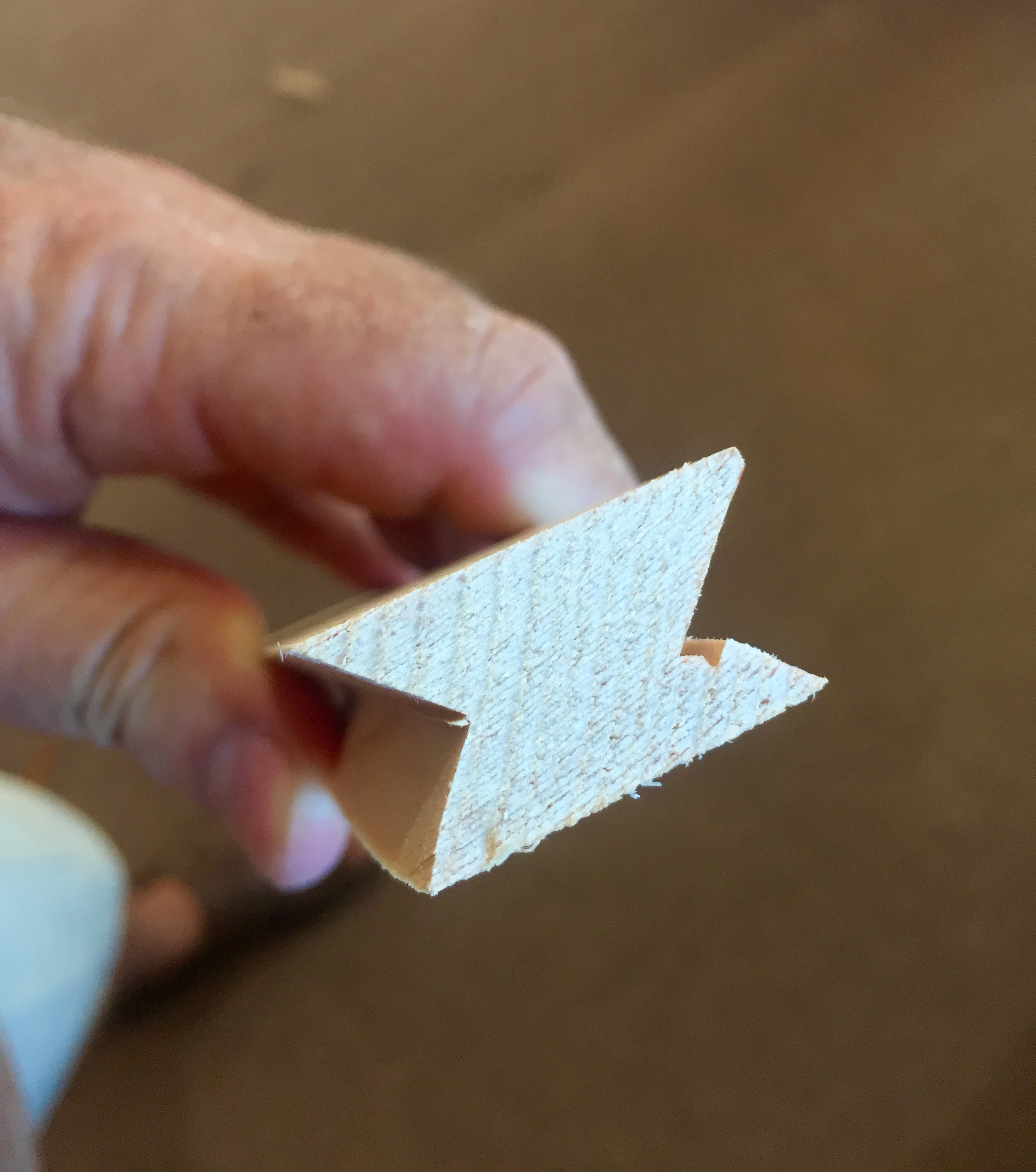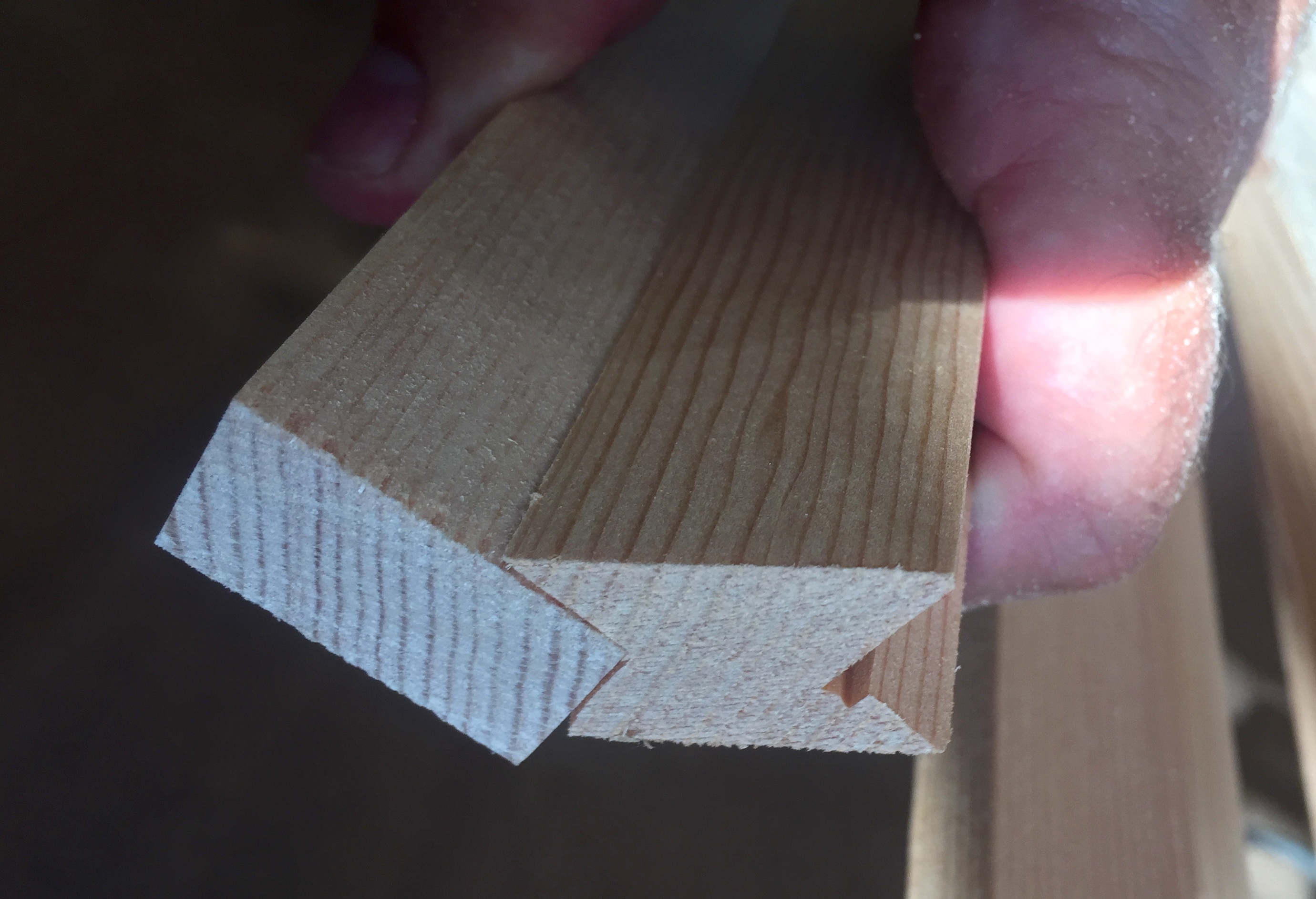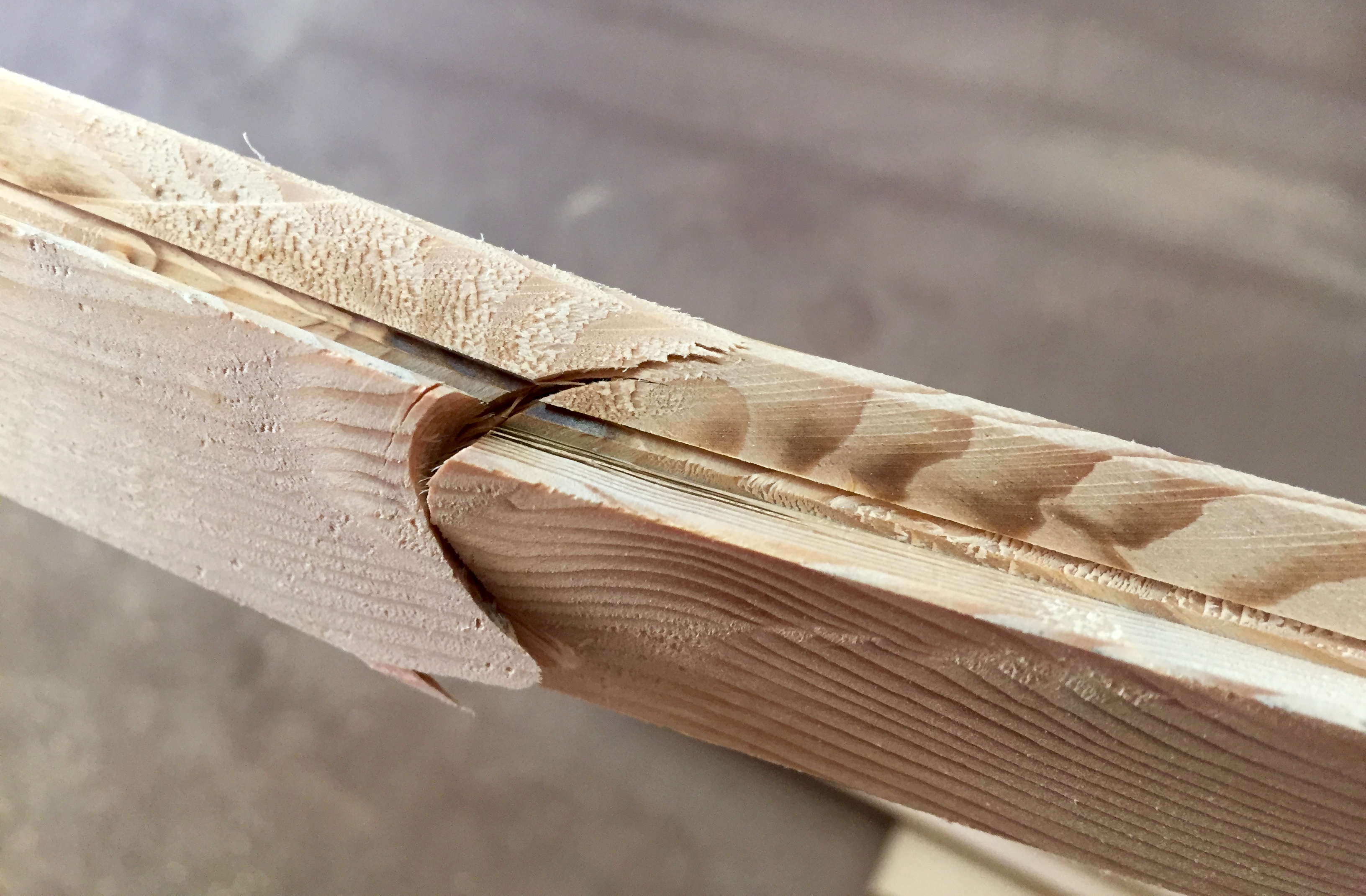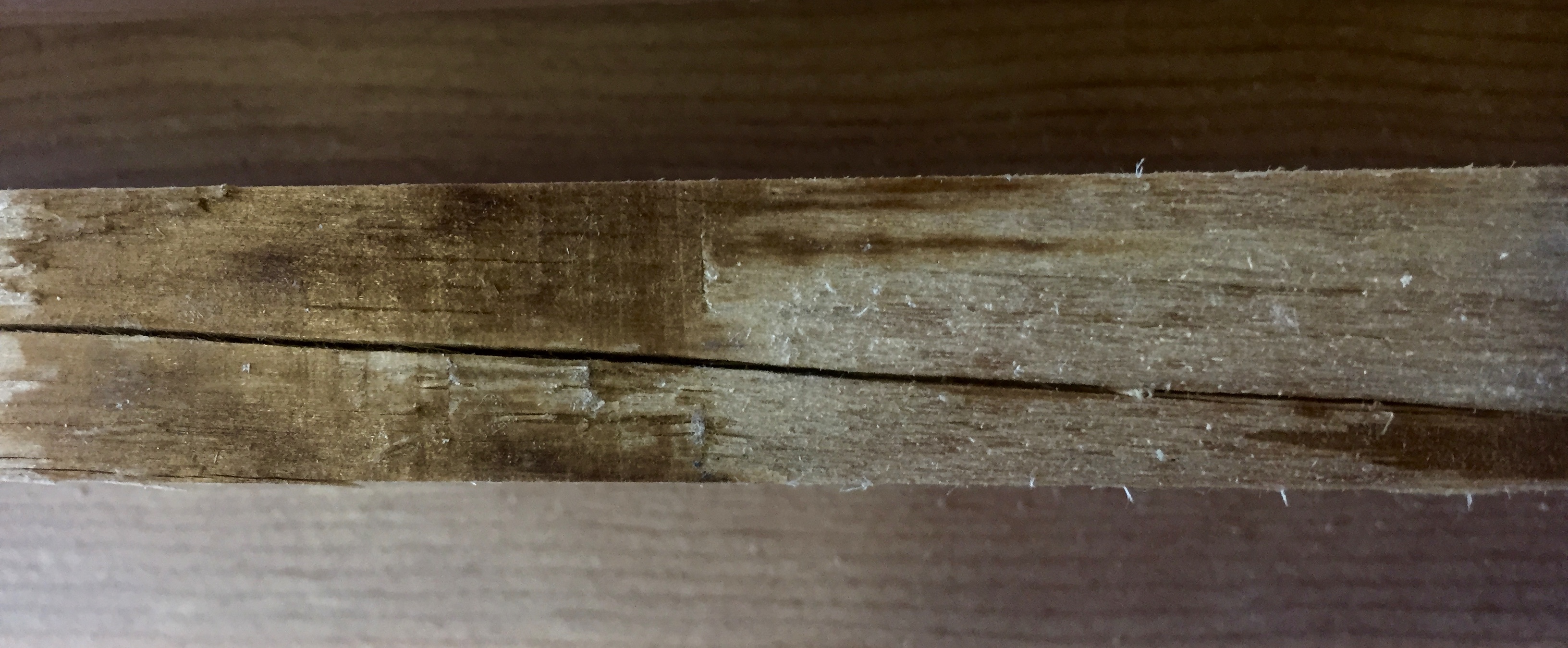For those of you who might be interested, I’ve moved on to another sailboat build… A Pocketship from CLC. The build blog is: idahopocketship.wordpress.com
Happy sailing, Brent

For those of you who might be interested, I’ve moved on to another sailboat build… A Pocketship from CLC. The build blog is: idahopocketship.wordpress.com
Happy sailing, Brent
So as not to confuse the troops, I have decided to create a new build blog for my next Scamp build. I will not move the last few posts (cuz I’m not smart enough to know how), but will add all future build blog posts here.
This step looks impressive and is impressive from the casual observer, but really it’s not that complicated. Just take your time and follow the right sequencing.
And then when something goes wrong…take a deep breath and figure out how to fix it. Boat building is really about problem solving, like life and relationships in our life. The key is in learning how to fix it.

Practice on scraps to get the Bird’s Mouth cut adjusted correctly. Notice the top cut is too long and the bottom cut is a tad too short (you can see the sliver of wood left in the bottom of the V in you look carefully).

The cut length is good, but the angle needs to be narrowed a bit. I narrowed the cut from 45 deg. to 44 deg. and it fit perfectly.

Did I mention obstacles? This spar broke right over a knot in the wood. I’m grateful it broke now as opposed to later in the build. I hardly noticed the knot, but while flexing the spars, I heard the wood begin to break. This sound lead me to the problem. With a little pressure it gave way.

And, my replacement Spruce stock contained a split right down the center of the board. Now what? Head scratching…

So, I had to open up my own bag of tricks. With the left over broken pieces in my hands, I decided to scarf them to produce a full length stave. Now it’s long enough and I’ve used up the left overs.
Once cured, I’ll taper the staves to spec and get ready for epoxy.
After thinking long and hard about building another Scamp, I’ve decided to take the first step.

But, why build another Scamp?
Simply stated, I can’t find another small sailboat I like better. Scamp has so much going for it. I want to see if I can improve from my first build.
Are you just going to build it and then get disgruntled and sell it like last time?
I sure hope not. My goal is to build another boat and then spend time getting to know her and teaching my kids to sail. I really want to hold this one.
Why not just buy VG Doug Fir for the spars?
Sitka Spruce is approximately 15% lighter than Doug Fir and not much money. In fact the difference between buying 38 board feet of Doug Fir and Sitka was less than $60. With this small price differential, Spruce becomes the clear winner. I want the mast as light as I can get it. Yet, I’m not tempted by carbon fiber, I like wood.
So does this mean I’m committing to build another Scamp?
Not exactly. I’m much more comfortable stating I’m committing to building the spars. I’ll take it that far and see how I feel. I’ve lost interest before in projects and found them laying around the corner of the wood shop, so I’m taking this opportunity one step at a time. I’ll build the spars and if that goes well, I’ll consider moving toward the foils. I’m all about baby steps and small commitments. Remember, “by small and simple things are great things brought to pass”.
How will I build my spars differently from last time?

Parting shot…like my new hair cut?
This is my dad, who I love very much. He is 79 years old and can still out work me. We made the SLC trip together to pick up the spruce. We had a lot of time to discuss building ideas. He’s a great designer and engineer. It’s a huge blessing to have him in my life. Now let’s fire up the planer and make some wood chips.
As I sit in my den, looking out toward the South on a cold Idaho blustery February afternoon, my thoughts are with a boat called Scamp. I thought you already built and sold a Scamp, my mind says. Well, yes that’s true…but we’re just being honest and yes, my thoughts are with yet another Scamp. Why another one…I did that once. Well, I guess because I want another one and long to go sailing again. But, wasn’t it sort of a pain in the butt? Yes. Wasn’t it frustrating to show up at the lake and have too much or too little wind? Yes. Wasn’t it frustrating to sort out all the lines and unwrap the lazy jacks from my neck? Yes. So, why do it? Because there is just something about sailing that I can’t seem to shake. It’s more poetry that perfection, more rhythm that efficiency, more authentic than artificial. It’s like stepping back in time 2000 years. A boat you build from your own hand, sail with the wind and howl at the moon. Who doesn’t want to do that? I do. Life is too planned, too stiff, too certain, too predictable. Let’s have some adventure! Let’s build another boat.
Why not Long Steps? It would be easier to row, easier to self steer and it looks really cool. Long Steps is undoubtably a really neat boat, but I feel it’s too long and too complicated for me. I have a small lake 1/2 mile from my house where I plan to do most of my sea trials. It’s only 1 mile around the lake, hence very small. Yet, at this small little insignificant lake, I could learn a lot about sailing and a Scamp would fit perfectly on this small lake. Rigging time would be less than a Long Steps and frankly, I just don’t want to allocate the time to build and take the room to store Long Steps. Remember, I now have a Skiff America 20 residing in my garage.
Yes, I really want the simplest, easiest, most seaworthy competent little sailboat known to man. All these requests point directly at a Scamp. It’ll be complicated enough, trust me.
I’ve already indicated on this blog what I would do differently next time. No sense in reiterating that again here. Let’s just keep it a dreamy feeling at this point. Nothing concrete or etched in stone, just a desire to build another neat little sailboat.
My wife asked me to wait for 1-2 years before building another boat, but I learned there’s wiggle room. What does that mean…wiggle room? Well, she also said, last weekend, after a great dinner and date, that I could spend my allowance on anything I wanted. Allowances are non negotiable, unrestricted funds. So, if by chance, I wanted to build a mast out of Sitka Spruce, the funds are there and waiting. Wow…that’s sort of exciting. To build another mast. And, this time out of Sitka Spruce.
The real question now is, would I rather build another Scamp or get a small teardrop trailer to pull on jeep rides through the mountains? Remember, I live in Idaho. Both items won’t fit in my garage. So, it’ll come down to one or the other.
If I commit to attend annual Scamp rallies and see new sights with a Scamp, the Scamp would probably win out. A boat can take you to amazing places and as my motto says,
“Never Stop Exploring”
Why not build one with me? I’ll blog about each and every step. You build one at your house, I’ll build one at mine. Then some day we’ll sail together. Randy, are you in?
I noticed when raising the sail on Shackleton, there seemed to be a lot of internal resistance in the halyard. I think this resistance was coming from the halyard loop I tied around the mast to tend the yard. In thinking through this setup, I’ve come up with another idea that might have merit.
Take a look at the drawing below:

Might this work to:
It’s just an idea, but one that may prove helpful. What do you think? This could be built by laminating two layers of 3/4″ plywood together and rounding all the edges. Whatever is needed for required strength.
When I built Shackleton, I used VG Doug Fir for all the spars. If I build another Scamp, I’m considering splurging for Sitka Spruce. At double the cost, you might wonder why anyone would choose Sitka Spruce, at least I did. Is it just tradition or are there beneficial characteristics to using Spruce over Doug Fir? And, are these benefits real or perceived?
Here’s what I’ve learned: Both woods are light, strong and very suitable for spar application. However, Sitka Spruce is 18% lighter than VG Doug Fir per unit volume. Is this significant? Consider this: If your mast weighs 20 lb. while using VG Doug Fir, that same mast would weigh 16.4 lb. if you used Sitka Spruce. To me this is very significant. Anytime you can reduce weight aloft, you should, especially on a sailboat. Think of the lever arm extending up into the sky that the mast represents. A little weight at the top end will have significant effect due to it’s height and leverage. The lighter weight benefit becomes even more significant if you make the yard out of Spruce, after all, it’s higher than the mast.
The lighter weight will also make stepping the mast easier, and raising the sail.
For these reasons, I’m leaning toward Sitka Spruce. Another note on VG Doug Fir: I had trouble routing VG Doug Fir on my last build. The wood splintered badly and the tendency to splinter seemed unavoidable. In searching the internet, I found this is a very real problem unique to VG Doug Fir. My experience mirrored those found on wood working forums.
So, there you have it: VG Doug Fir at $4.80/ft or Sitka Spruce at $7.93/ft? I’m going Sitka all the way.
Since we’re on this subject, I couldn’t help but bust out another scenario and discussion.
First the criteria: Supplies for 2 sailors on a 5 day voyage.
I’m thinking my storage criteria for a second Scamp build would be to accommodate a weeks worth of provisions. Anything longer than that would be a one off with possible resupply along the way. With that in mind, how much storage would this require? How much water would this require? I believe the Texas 200, or any outdoor pursuit recommends 1/2 gallon/person/day. Let’s use these numbers as we plan our one week voyage. The math comes out to 5-7 gallons of fresh water…which really isn’t that big a deal. In fact, when Preston and I sailed off Port Townsend we did just this. We strapped a 5 gallon jug up under the veranda. We never came close to using all the water, but it felt good knowing we had plenty.
Clothing for a 5 day voyage wouldn’t take much room. Food a little more, but not bad.
What I’m getting at is this:
Might one have ample storage capacity by:
If this is sufficient, one would not need to cut any holes (other than small ventilation ports) into the seats or the sole of the boat. Am I crazy or on to something? I’d have to think this through over a period of time, cuz often I get carried away to excess with any good new idea.
These comments pertain mostly to a Scamp but could be applicable to other designs as well.
Here’s the deal:
Scamp offers a ton of storage, literally. It is possible to install anywhere from 10-15 hatches in various places on this competent little micro cruiser.
Now for my question:
Since we can install hatches everywhere on Scamp, does this mean we should?
Here in resides the problem. Each and every time you cut a hole in your boat you compromise safety. You compromise the boats integrity. Sort of like someone telling little white lies until they get out of control and become a chronic lier, steeler or murder. Well, that was a bit extreme, but you get the point. It’s very easy to go Hatch Happy on a Scamp and I believe I’ve been guilty of this heinous crime.
If you think about it, the number one reason for storage compartments isn’t actually storage. No, the number one reason for storage compartments is buoyancy. And, if cutting holes jeopardizes buoyancy, why are we doing it?
We’re doing it for storage, dummy! If we didn’t need storage, we wouldn’t have any holes in our boats. OK, how much storage do we actually need? The answer to this question depends on how we plan to use our boat. And, once we’ve determined how much storage we actually need, let’s agree to just install this number of hatches. No more, no less. Now we would have a boat with sufficient amounts of storage for our needs without overly compromising the integrity of the boat with hatch overgrowth.
If I build another Scamp I’ll have a minimal number of storage hatches and probably none in the seats. Well, almost none in the seats. I would install 2 hatches in the vertical front face of the seats under the veranda. At least this is my current level of thinking.
Remember also, that a dry bag secured under the veranda could easily hold a weeks worth of clothing and provisions.
Scamp is a very sea worthy micro cruiser if we don’t scandalize its sea worthiness by going hatch happy. My confidence level in my own Scamp will be much higher if I minimize hatches and make them water tight.
In summary:
Water can’t get into your buoyancy chambers if you don’t cut a hole and allow access. This seems overly simple, but might be profoundly true. Read almost any boating disaster, it probably began with water intrusion.
Those of you on the fence regarding building a Scamp may want to wait, watch and learn about Long Steps. The boat is a definite contender for those wanting a small capable sailboat like Scamp. My current position regarding another build is just that…wait, watch and learn. In the end, I’ll probably build either a Scamp or Long Steps but this is not something I want to rush. It takes a long time to build a boat and I want my next build to be a long term keeper. Whereas I’ve already built a Scamp, I’m actually quite enamored with the possibilities of Long Steps.
Here are a few potential disadvantages:
Here are a few potential advantages:
When you weigh it all out, there’s a lot to admire about this newly designed boat. I plan to watch the prototype build and continue considering this as my next build. Aren’t boats cool?
The latest news on WordPress.com and the WordPress community.
DIY trailerable sailboat restoration and improvement without throwing your budget overboard
Follow us as we follow the road
Designing and Building an uber simple Campervan
The Scamp Micro Cruiser from Small Craft Advisor
A landlocked Idaho boy attempts to build a sailboat
Dirt road cycling adventures across the Americas and beyond